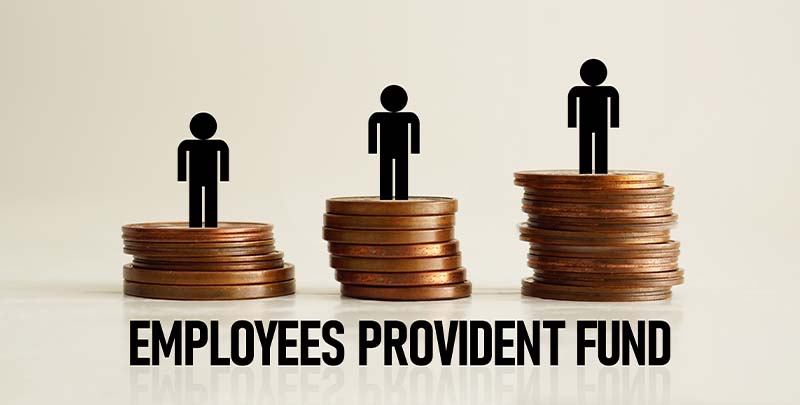Whether you are switching jobs or simply looking to consolidate your PF Accounts, the most important factor is the process of transferring your PF Account from one company to another. It is an easy process that keeps your savings intact and makes it easier to manage your retirement savings effectively.
Why transfer your PF?
Transferring your PF Account is crucial for maintaining continuity in your retirement savings. Even though you have one UAN, you might have multiple Member IDs, which can lead to complications while tracking your contributions and the interest you've earned. Additionally, withdrawing funds could attract tax liabilities and be an obstacle to your long-term saving goals.
Transferring the PF Account helps you manage multiple Member IDs in one place.
Documents required to submit an EPF transfer online
- UAN (Universal Account Number): Your unique EPF Account number.
- KYC documents: Aadhaar card, PAN card or bank account details.
- Employer details: Establishment number and EPF Account number of both your previous and current employers. You might also need to enter your previous date of exit.
- Form 13: This is the Transfer Claim Form you'll need to duly fill out and submit.
How to transfer EPF online: Step-by-step process for the EPFO portal
- Go to the EPFO website and log in with your UAN and password.
- Click on 'Online Services' and select the 'One Member - One EPF Account (Transfer Request)' option.
- Verify personal details and provide information wherever needed about your previous and current employers.
- When you click on ‘Get Details,’ your previous employment's PF Account information will appear. You can select either your previous or current employer to attest the claim form, depending on which one has an authorised signatory with a DSC. Choose the employer and provide your member ID or UAN.
- Next, click on ‘Get OTP’ to receive it on your UAN-registered mobile number. Enter the OTP and click ‘Submit.’
Forms required for EPF transfer
- Form 13: The primary form for transferring your EPF balance between accounts.
- Form 11: Required to provide your current employer with your previous employment details and can help transfer the previous funds to the current account.
Eligibility conditions to transfer EPF online
- Ensure your UAN is activated and linked to an active mobile number.
- Your Aadhaar, bank details, and exit date from previous employment must be updated against the UAN.
- Your employer should have approved the e-KYC, and only one transfer request per member ID is allowed.
How to check the status of PF transfer
You can track your transfer claim on the Member e-SEWA portal under 'Online Services' by selecting 'Track Claim Status.' Initially, the status will show as “Pending with the employer.” Once your employer approves it, the status will update to “Accepted by the employer. Pending at Field Office.”
Benefits of transferring PF online
- Convenient and faster process
- Consolidates all EPF Accounts
- Ensures continuous interest
- Transparent tracking of transfer status
- Reduces employer dependency
- Prevents unclaimed accounts
Also Read: How to find PF number?
Transferring your PF Account from one company to another is a vital step in managing your retirement savings. By following the outlined steps and ensuring you have the necessary documents, you can make the process seamless.
If you’re exploring other avenues for retirement planning, consider investing in the Public Provident Fund (PPF) with Axis Bank. It offers a tax-efficient and secure way to build long-term retirement kitty with competitive interest rates and minimal risk.
Disclaimer: This article is for information purpose only. The views expressed in this article are personal and do not necessarily constitute the views of Axis Bank Ltd. and its employees. Axis Bank Ltd. and/or the author shall not be responsible for any direct / indirect loss or liability incurred by the reader for taking any financial decisions based on the contents and information. Please consult your financial advisor before making any financial decision







